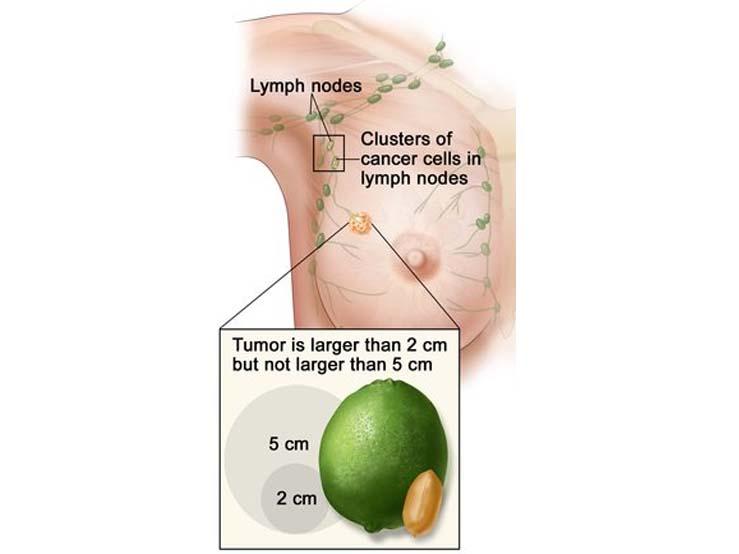Several studies have already forecasted that the incidence of U.S. breast cancer cases is expected to increase in the coming decades, largely the result of an aging population. Now, a new study presented by NCI researchers at the AACR annual meetingExit Disclaimer in Philadelphia, is forecasting important trends in the types and molecular makeup of breast cancer cases going forward, including a reduction in the proportion of cases that are considered to be difficult to treat.

The study, led by Philip Rosenberg, Ph.D., of NCI’s Division of Cancer Epidemiology and Genetics, confirmed the forecasted increase in U.S. breast cancer cases diagnosed each year, concluding that they will grow from 283,000 cases in 2011 to 441,000 in 2030—a more than 50 percent increase.
But the study also provided a more granular view of the composition of the forecasted increase over that time period. Their findings predict an increase in the number of in situ tumors that are estrogen receptor (ER) positive, from 19 percent to 29 percent, and a decrease in the number of both invasive cancers and in situ ER-negative tumors, from 17 percent to 9 percent.
ER-negative tumors are generally considered to be more difficult to treat than ER-positive tumors, and include the so-called triple-negative cancers, which are unresponsive to many treatments and are more likely to recur.
To conduct the study, the researchers used data from NCI’s Surveillance, Epidemiology, and End Results Program and population projections from the U.S. Census Bureau, and applied mathematical forecasting models to project the future numbers of breast cancers. Their model assumed that screening mammograms would continue to be a driving force for breast tumor detection.
They projected that the proportion of new breast cancer cases that occur among women age 50 to 69 will decrease from 55 percent in 2011 to 44 percent in 2030. But the proportion of cases that are diagnosed in women age 70 to 84 is expected to increase from 24 percent to 35 percent.
“Our approach gives us an educated guess as to the future profile of breast cancer cases in the United States: older women, more in situ tumors, and fewer ER-negative cases,” Dr. Rosenberg said. And the methods used to conduct the study, he explained, are not specific to breast cancer. “We can apply these same tools to any malignancy tracked by a cancer registry,” he said.
The reasons for the forecasted reduction in ER-negative tumors are still unclear, he acknowledged. But it does offer a possible silver lining.
“We have more effective treatment options for ER-positive breast tumors, and newer therapies are in the works,” he said. “So, although we will have more cases that are ER-positive, we should expect to see many more women surviving longer and, as more effective, less toxic treatments become available, with a better quality of life.”